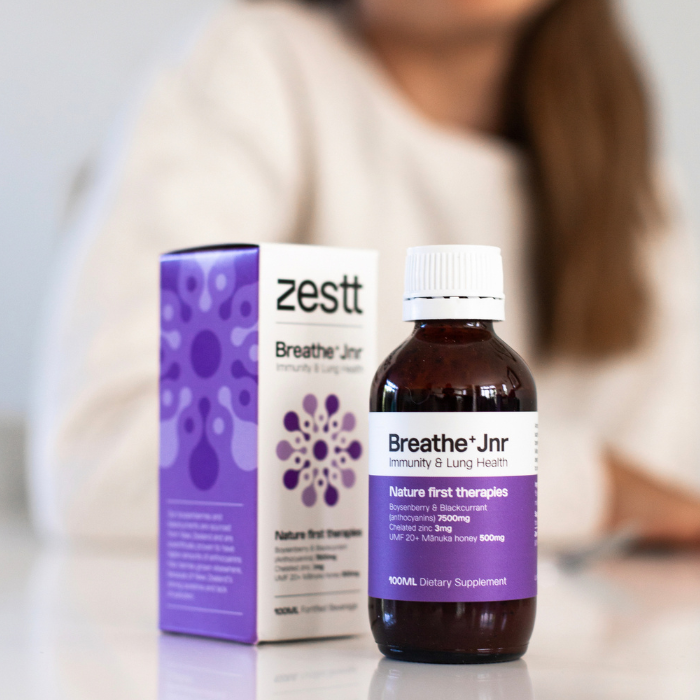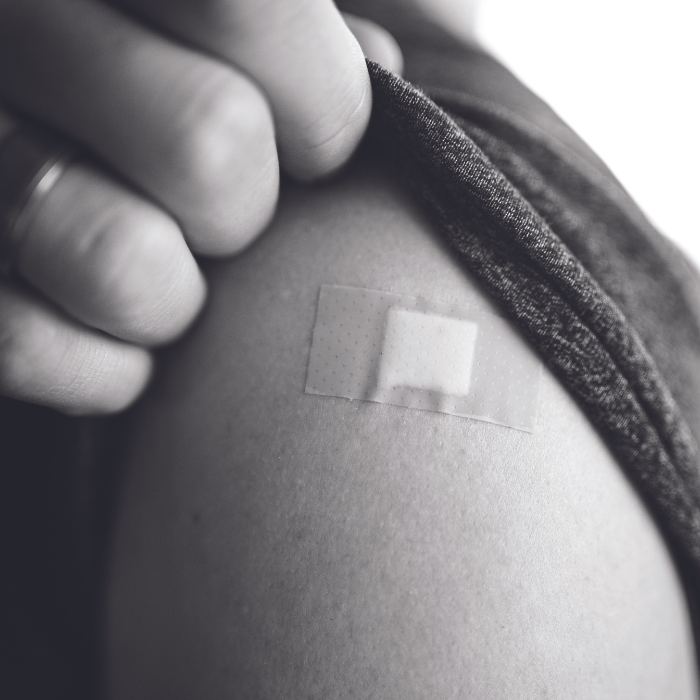
With the rise in food allergies, and food intolerances, it’s no surprise that if something doesn’t seem right we look to see whether food is a contributing factor. It’s great if you can eliminate symptoms without using medications or spending hundreds on skin creams.
With the rise in ‘free from’ products, eliminating problematic foods is easier these days than it once was. Identifying food sensitivities is far from a straightforward process. Whilst for some, a milkshake may send them straight to the bathroom giving a clear clue, for many, there are no obvious patterns to their symptoms. Some food intolerances are only experienced when you reach a personal threshold. For example, you could eat a food one day and be fine, but if you had again it the next day, the build up can trigger symptoms.
Whatever the symptoms are you’re trying to manage, it is very important to start by seeking medical support. Check to see if any testing is required prior to elimination and get direction on where to start. If elimination of a food is required, request a referral to a dietitian. They can provide you with a clear process as to which foods to start with and how long to avoid them for. They can also provide advice around which foods you can substitute with to ensure you obtain all the nutrients you need to replace those you have removed from your diet.
Pregnancy
If you have a food allergy or coeliac disease, you will need to continue your usual diet during pregnancy. However, if you have a food intolerance, I recommend you include those foods regularly within tolerance levels. Avoidance during pregnancy could increase the risk of your baby developing an allergy to the avoided foods. For example, if you have a lactose intolerance, still include low lactose dairy such as hard cheese regularly and small amounts of lactose containing foods in small amounts such as 2 Tbsp yoghurt.
Breastfeeding
If your baby has a sensitivity to a food you are eating, the trigger passes through to the breast milk,causing a reaction for your baby. For some this may be an allergic reaction, others it may be an increase in wind for baby. If your baby is unsettled, firstly remember this can be perfectly normal, caused by tiredness or other! However if you start to notice a pattern , ask your GP or dietitian if a low FODMAP trial could be useful. A recent study showed a significant reduction in infant colic while mum was following a low FODMAP diet. If symptoms are more specific, such as vomiting, bowel changes (especially blood in bowels) or eczema, then more specific eliminations will be required. Care needs to be taken if eliminating foods from your diet, as this can cause reduced breast milk volume if you aren’t managing to eat enough. Again a dietician can support you in this area.
For baby
First and foremost include as much food variety as you can – even if you have a family history of an allergy, It is important to note that unnecessary avoidance can increase their risk of developing an allergy. Without support, it can be a guessing game, especially when you have a little one, who cannot tell you how they are feeling. Around 2 % of infants have a cows milk protein allergy (the most common allergy in infants), and a high percentage of children who have a cows milk protein allergy, will also have a soy allergy so this may be worth discussing with your GP.
Strategies for best results
We often see people who have suspected a food intolerance or allergy but struggle to completely eliminate the culprit leaving it a grey zone of ‘is this helping or not’. This can lead to either unnecessarily long drawn out elimination periods or an ever increasing list of foods being avoided as they try to determine the cause.
Tips for making it work:
- Get support from an expert
- Plan your meals and snacks in advance and ensure your pantry is well stocked.
- Try to be proactive when eating out and do some detective work – call ahead if possible
- Re-challenge! Get advice on quantities and which foods to use. (note – for allergies get medical input for this process)
- Keep the elimination time-frame to a suitable length of time (again, get help with this)
- Unless medically indicated, don’t continue to avoid a food if you don’t get relief.
- Know what to look for when reading an ingredient list. By knowing what to look for, it can ensure a smooth process.
- Be careful what you Google! There are endless weird and wonderful elimination diets out there.
Interesting facts
- 8 foods are responsible for 90% of food allergies (cows milk, soy, eggs, wheat, fish, peanuts, seafood and tree nuts)
- Breast milk contains lactose, so if the symptoms start as part of the introducing solids process, then lactose is not likely the cause.
- Someone with a wheat intolerance can still include gluten – so it’s helpful to learn the difference between the two
- If you have problems with Irritable Bowel Syndrome (IBS), the low FODMAP diet has been shown to improve symptoms in up to 75% of sufferers.
- Symptoms can often be caused by aeroallergens (allergens carried in the air such as pollen)
- If lactose is not tolerated, there are still dairy options that can be included, such as hard cheese and small portions of yoghurt / soft cheese
Get tested before eliminating wheat and or gluten
Coeliac disease is a severe intolerance to gluten. To be diagnosed with coeliac disease, the first stage of the process is typically a blood test. Prior to having this test done, high levels of gluten needs to be eaten daily for 4-6 weeks. We often see people who have suspected a gluten intolerance so have decided to eliminate it from their diet without having this test done. If they’re on the right track and feel the benefits from removing gluten, then including it back in the required amounts for diagnosis can often be too uncomfortable. Without this official diagnosis, this can mean they continue to include small amounts of gluten in their diet, which is harmful to long term health for someone with coeliac disease.
Food intolerances/allergies are highly topical and therefore there is a lot of discussion on the topic and plenty to read. My best advice though is don’t stumble in the dark, seek expert advice.
Angela Phillips is a dietitian specialising in paediatrics, food intolerances, and weight management. Her practice, FoodSavvy, is based in Wellington and Nelson.








